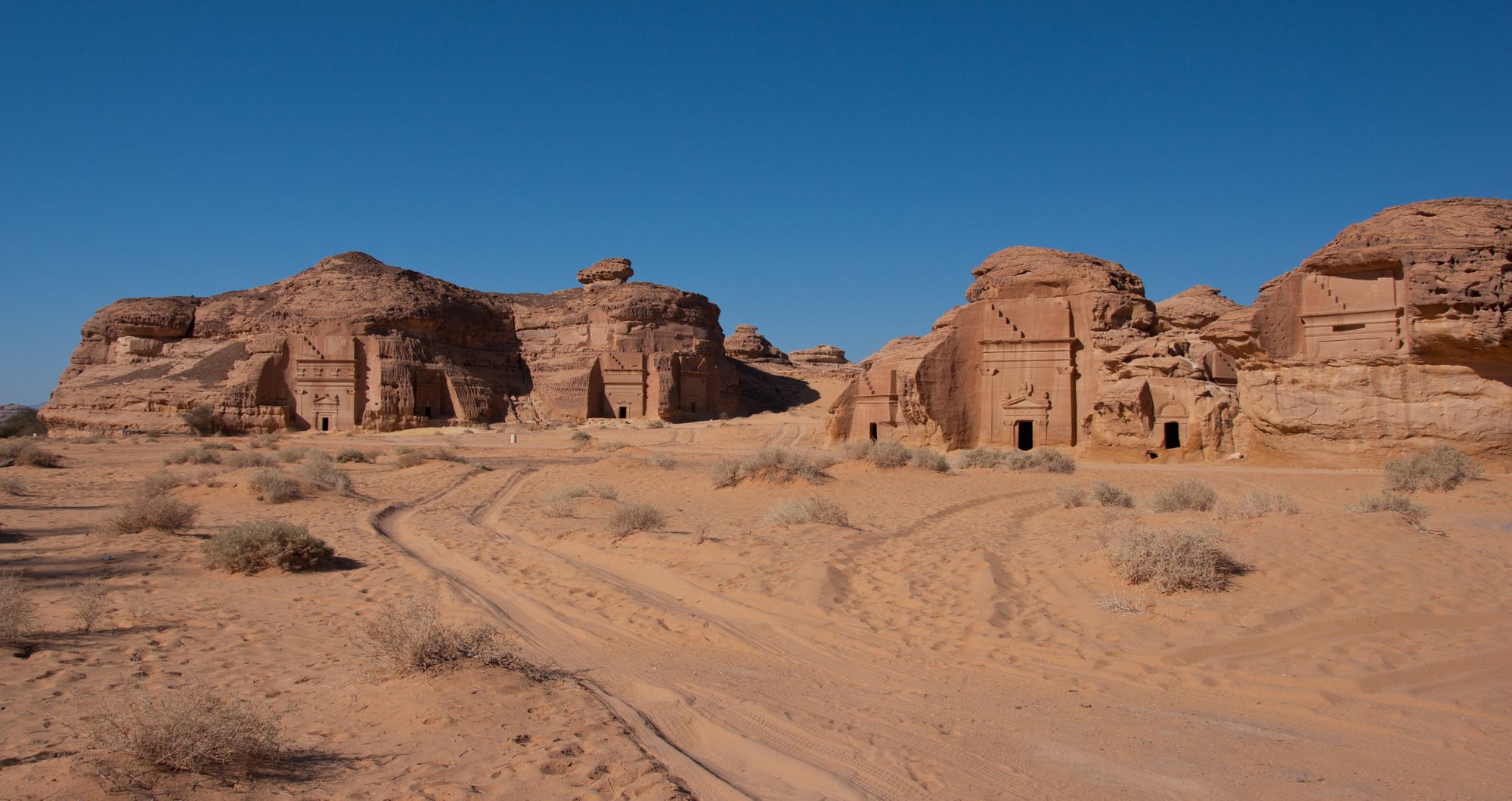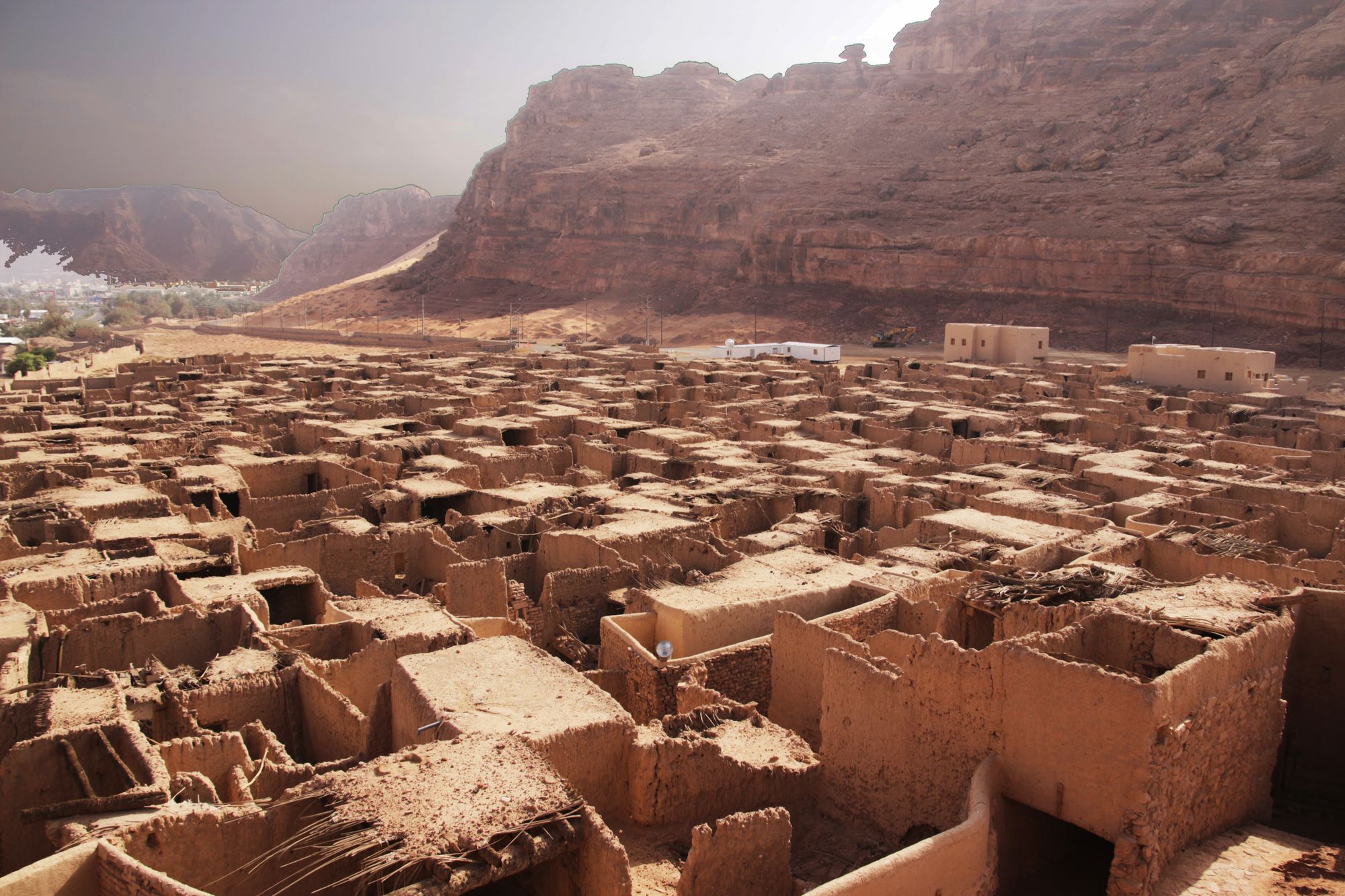Saudi Arabia encompasses a broad selection of tourist attractions, starting from the famous Al Masjid an Nabawi and Mount Uhud and finishing off with Abraj Al-Bait Towers. Places with historic and cultural significance are not an exception as well, such sites as Al Qarah Mountain, Al Masmak Fortress, Kaaba, or Mada'in Saleh proving the abundance of cultural, religious, and historic locations on the Peninsula.
In this blog post, we’ll have a particular focus on Mada'in Saleh and its history, owing to the several interesting facts that will be uncovered. Let’s move onto the topic!

Here are several general facts that you may want to know before digging into the Mada’in Saleh history:
- It is an archaeological site located within Al Madinah Region and 12 miles to the north of Al Ula.
- It is also known as Al Hijr and Hegra.
- A great part of the remains date from the Nabatean kingdom (1st century AD).
- Among the largest sites that date back to the Nabatean kingdom, this takes the second place (after Petra that is currently located in Jordan).
- The name is a reference to the Quranic Prophet Saleh. The full name of the site translates into “Cities of Salih.” According to the Quran, the site was inhabited by the Thamudi people, at the same time with the Prophet Saleh.
- It is famous for the 131 huge tombs that were carved into rocks.
- In 2008, it got the official status of UNESCO World Heritage Site, making it the first site in Saudi Arabia to get this status.
- It is a top attraction in Saudi Arabia that is currently promoted by the government to get global touristic attention.

Mada’in Saleh is indeed one of the most sought after places to visit in Al Ula by thousands of tourists annually, but unexpectedly it is not so popular among the locals. And there is a reason why the Saudis avoid even crossing over the site.
As previously mentioned, the site was inhabited by the Thamuds and their presence is dated to 715 BC. They also had Saleh as their prophet. The Thamuds built their homes high in the cliffs of the area. As a civilization, they were corrupt and arrogant and worshiped idols carved from stone. Despite Saleh tried to guide them onto the true path by telling them that there is only one God, they refused to listen to his messages, from which they got punished by God.

Villagers asked Saleh to prove that an invisible God existed, and Saleh complied with it. God eventually created a pregnant she-camel that came out of a rock and gave birth to a calf. The miracle indeed got Thamudi people awe-struck. Villagers were allowed by Saleh to let the she-camel and the calf to drink water from the well on alternating days. But they refused to do it and moreover, they killed the she-camel while the calf escaped.
God, seeing this, told Saleh to get out of the region and sent a destructive earthquake and lightning on it, killing all the villagers. This way the area not only got the unofficial status of cursed but also has remained completely abandoned for centuries to the present days.
So, is Madain Saleh cursed? Some visitors claim to hear the faint keening of the baby camel. Some just hear the whistling wind that swirls among the rocks and the nearby mountains. Nonetheless, Mada’in Saleh is a valuable archeological finding that has to be treasured for its history and its appearance.

